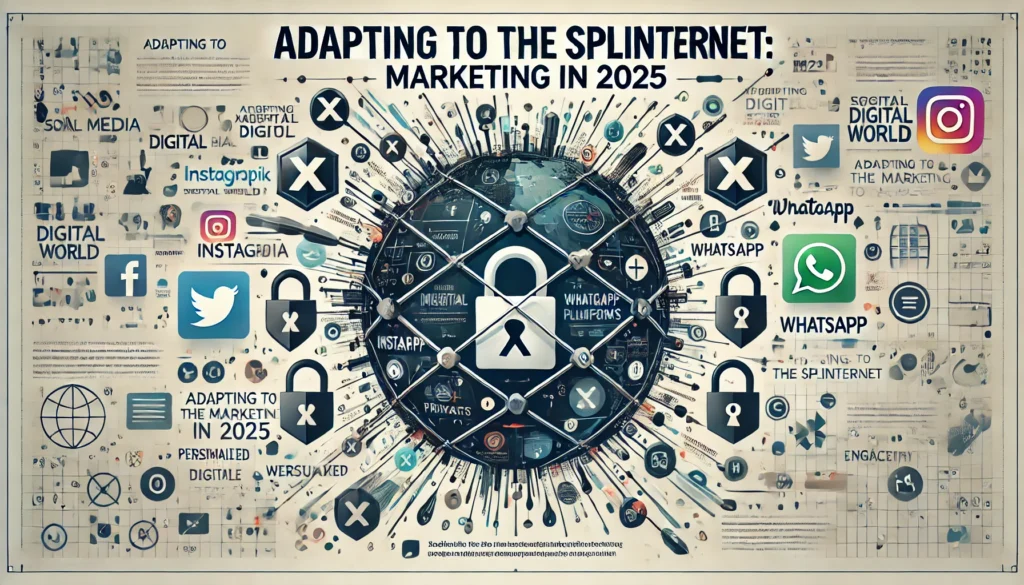Interesting news this morning that Niantic, (remember Pokémon Go?), is leveraging user-generated data to develop a Large Geospatial Model (LGM).
It’s basically an AI model aimed at enhancing computers’ understanding and interaction with physical spaces, potentially revolutionizing augmented reality (AR) apps.
What they’ve done:
🔷 Data Utilization: Niantic is using images and videos submitted by users to build its Visual Positioning System (VPS), which forms the foundation of the LGM.
🔷 AI Development: The LGM is designed to enable devices to perceive and interact with real-world environments, advancing AR technologies and applications.
🔷 Privacy Considerations: While Niantic’s privacy policy outlines data-sharing practices, it lacks specific details on the internal use of location data for AI development.
As Niantic transforms user data into advanced geospatial AI, what does this mean for social interactions and marketing strategies?
💡 Enhanced AR Experiences
🔸 Recommendation: Brands should explore partnerships with AR platforms to create immersive experiences that engage users in real-world settings.
💡 Data Privacy and Transparency
🔸 Recommendation: Companies must prioritize transparent data practices, clearly communicating how user data is collected and utilized to build trust and comply with regulations.
💡 Personalized Marketing Opportunities
🔸 Recommendation: Leverage geospatial data to deliver targeted marketing campaigns that resonate with users based on their real-world behaviours and preferences.
As technology evolves, the integration of user data into AI models presents interesting opportunities. But it raises the question—can your clients or brands adapt to these changes to create more engaging and personalized experiences for their audiences?


